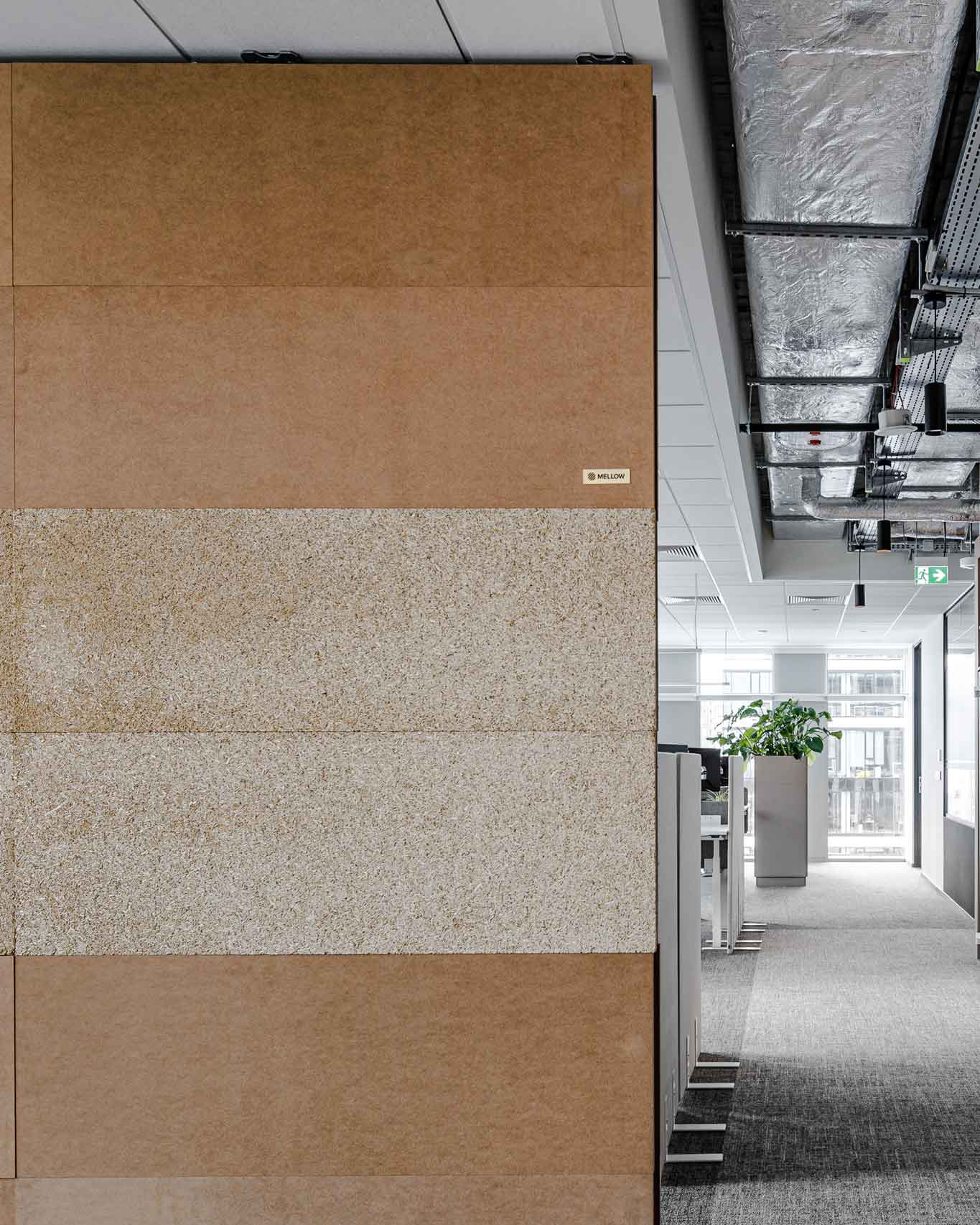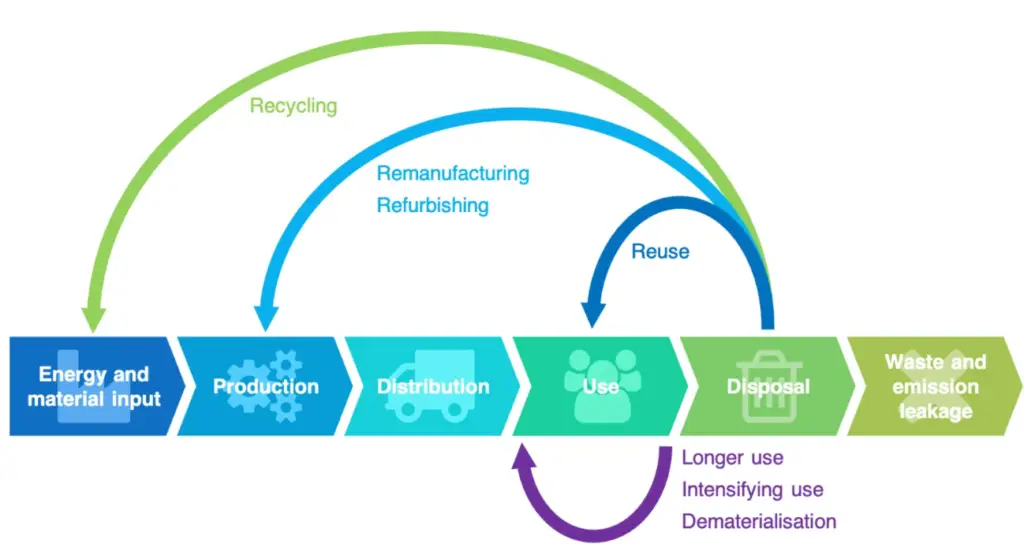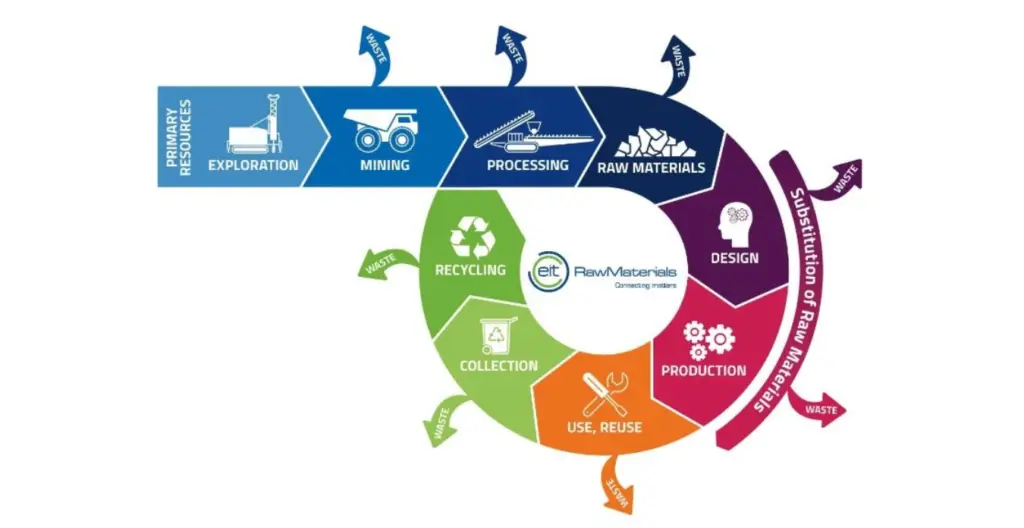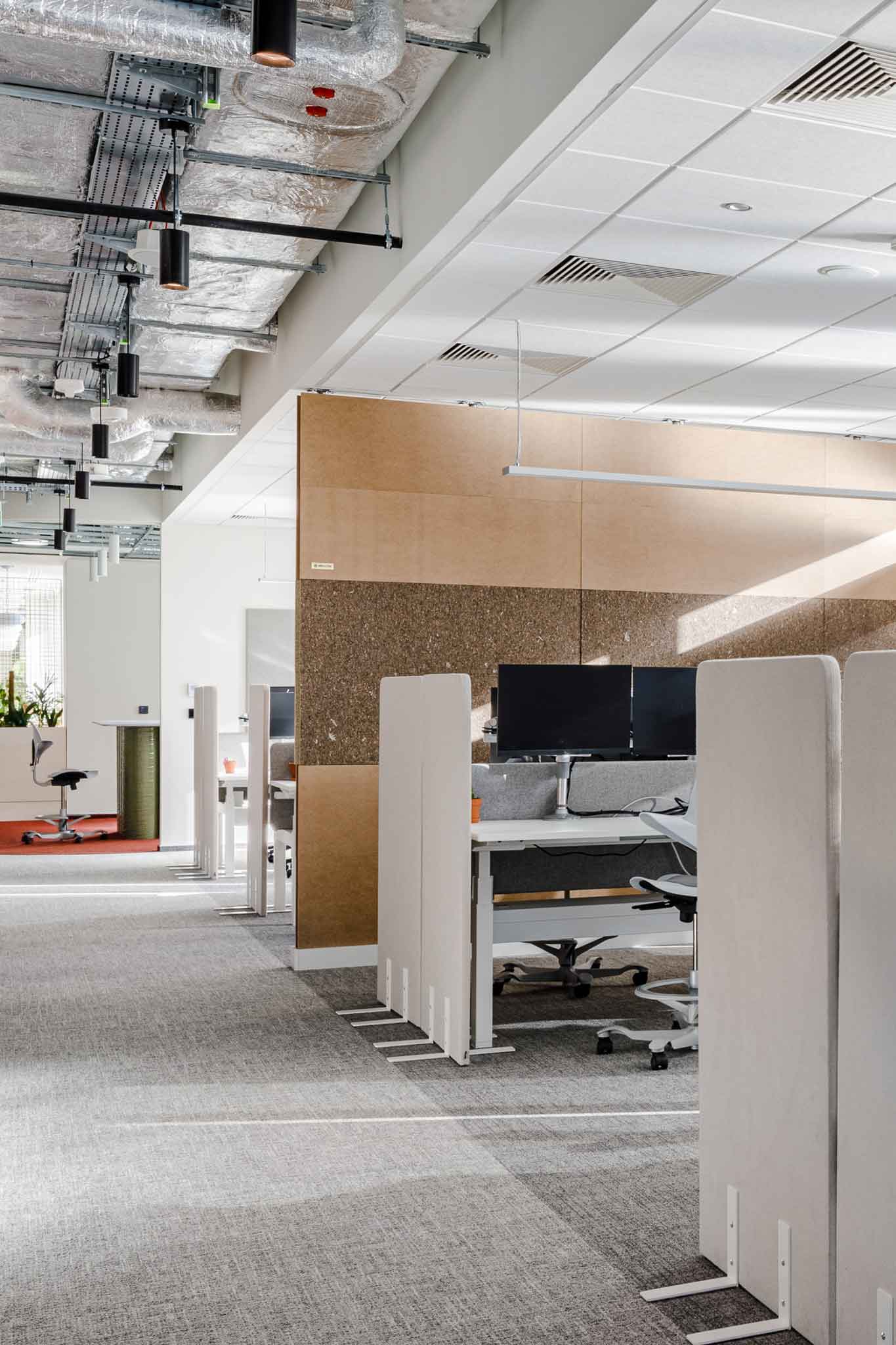
Sustainable Architecture and Circular Economy
Introduction to the Climate Crisis and Architecture
The climate crisis poses unprecedented challenges to various sectors, including architecture. As the world grapples with rising temperatures, extreme weather events, and dwindling resources, the architectural realm finds itself at a crossroads. Traditional practices, characterized by linear consumption and waste patterns, are no longer sustainable in the face of these challenges. Hence, there’s an urgent need for a paradigm shift towards sustainability and circularity.
Understanding the Circular Economy in Architecture
What is the circular economy?
The circular economy is an economic model aimed at minimizing waste and maximizing the lifespan of resources through reuse, recycling, and regeneration. In architecture, this translates to designing buildings and spaces that contribute to a more sustainable ecosystem by reducing environmental impact and promoting resource efficiency.
Importance of circularity in architecture
Circularity in architecture is paramount for several reasons. Firstly, it helps mitigate the environmental footprint of the built environment, which accounts for a significant portion of global greenhouse gas emissions. By adopting circular principles, architects can design structures that are energy-efficient, resource-conscious, and resilient to climate change impacts.
The Call for Sustainable Architectural Practices
Recognizing short-termism
One of the major hurdles in transitioning towards sustainable architecture is short-termism, where immediate economic gains take precedence over long-term sustainability. Architects are often pressured to prioritize cost and speed over environmental considerations, resulting in designs that lack resilience and contribute to resource depletion.
Transformative leadership in architecture
To overcome short-termism, transformative leadership within the architectural community is imperative. Architects must adopt a holistic approach that considers the long-term consequences of their designs on both the environment and society. This requires visionary leadership that prioritizes sustainability, innovation, and collaboration.
Aligning Architectural Narratives with Sustainability Goals
Integration of circular practices
Architectural narratives and visions must align with sustainability goals to inspire meaningful action. This involves integrating circular practices into every stage of the design process, from material selection to construction techniques. By prioritizing resource efficiency, waste reduction, and lifecycle thinking, architects can create buildings that contribute positively to the environment.
Role of architectural institutions
Architectural institutions play a crucial role in promoting sustainable practices within the industry. They have the resources and influence to drive systemic change and encourage innovation. By incorporating circularity into education, research, and professional standards, these institutions can shape the future of architecture towards a more sustainable and resilient built environment.

Collaborative Efforts for a Sustainable Future
The importance of unified action
Addressing the climate crisis requires collaborative efforts from all stakeholders, including architects, policymakers, developers, and communities. By working together towards common goals, we can leverage collective expertise and resources to accelerate the transition to sustainable architecture.
Positioning architects as change agents
Architects are uniquely positioned to drive change and shape the future of the built environment. Through their designs, they have the power to influence behavior, promote sustainability, and enhance quality of life. By embracing a circular mindset and advocating for sustainable practices, architects can become catalysts for positive change in society.
mellow designs: A Case Study
At mellow designs, we recognize the urgency of addressing the climate crisis through sustainable architecture. Our approach goes beyond incremental changes, focusing on holistic solutions that prioritize long-term sustainability and community well-being. We advocate for transformative leadership that aligns architectural narratives with sustainability goals, inspiring others to join us in reshaping the built environment.
Conclusion
The intensifying climate crisis demands a fundamental rethinking of architectural practices towards sustainability and circularity. By embracing transformative leadership, integrating circular principles, and fostering collaboration, architects can play a pivotal role in shaping a more resilient and equitable future. Together, we can build a world where architecture serves as a catalyst for positive change, driving us towards a sustainable and circular paradigm.
At mellow we offer circular solutions for you, book a call below to learn more.
Resources:
https://www.climate-kic.org/who-we-are/making-an-impact/
https://www.archdaily.com/tag/circular-design
https://designbuild.nridigital.com/design_build_review_dec20/architecture_circular_economy-
https://sourceable.net/is-the-circular-economy-inconvenient/

Latest Articles


building better with adaptable partition walls
